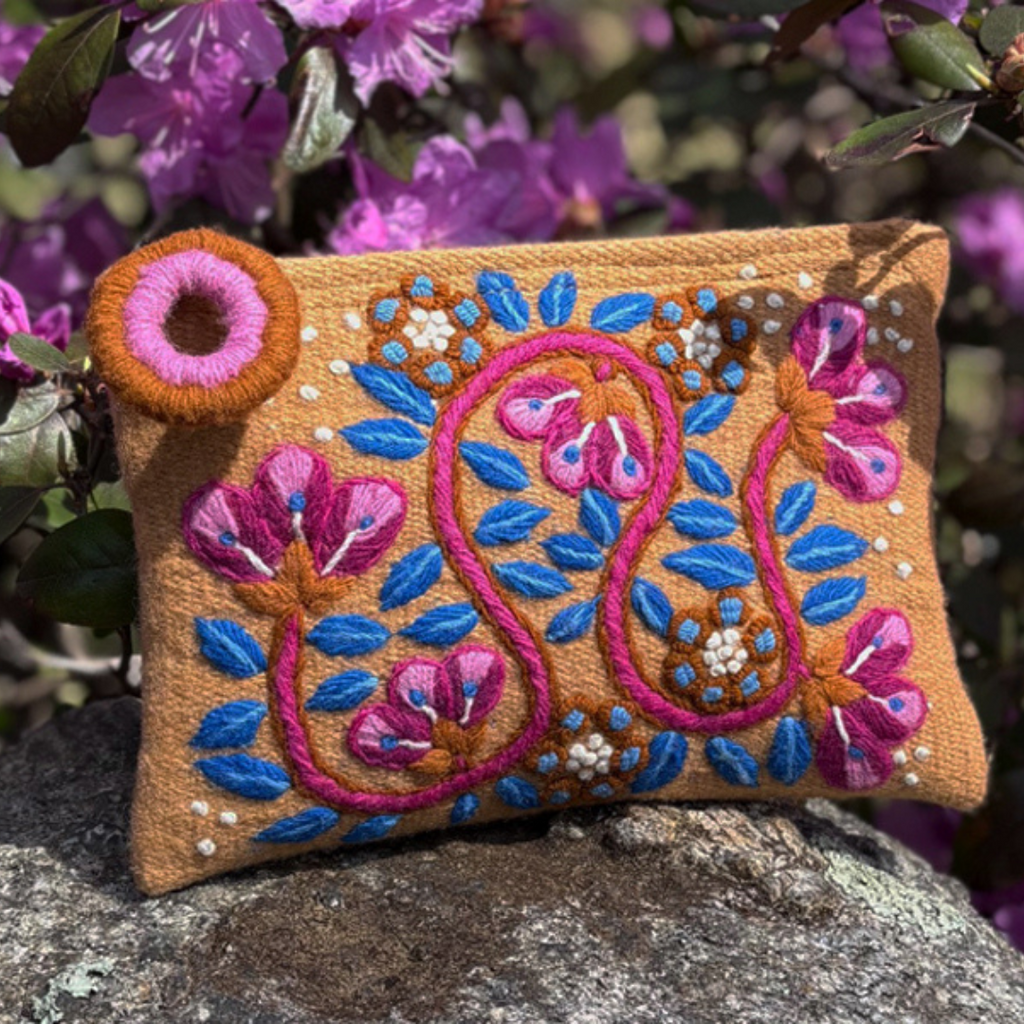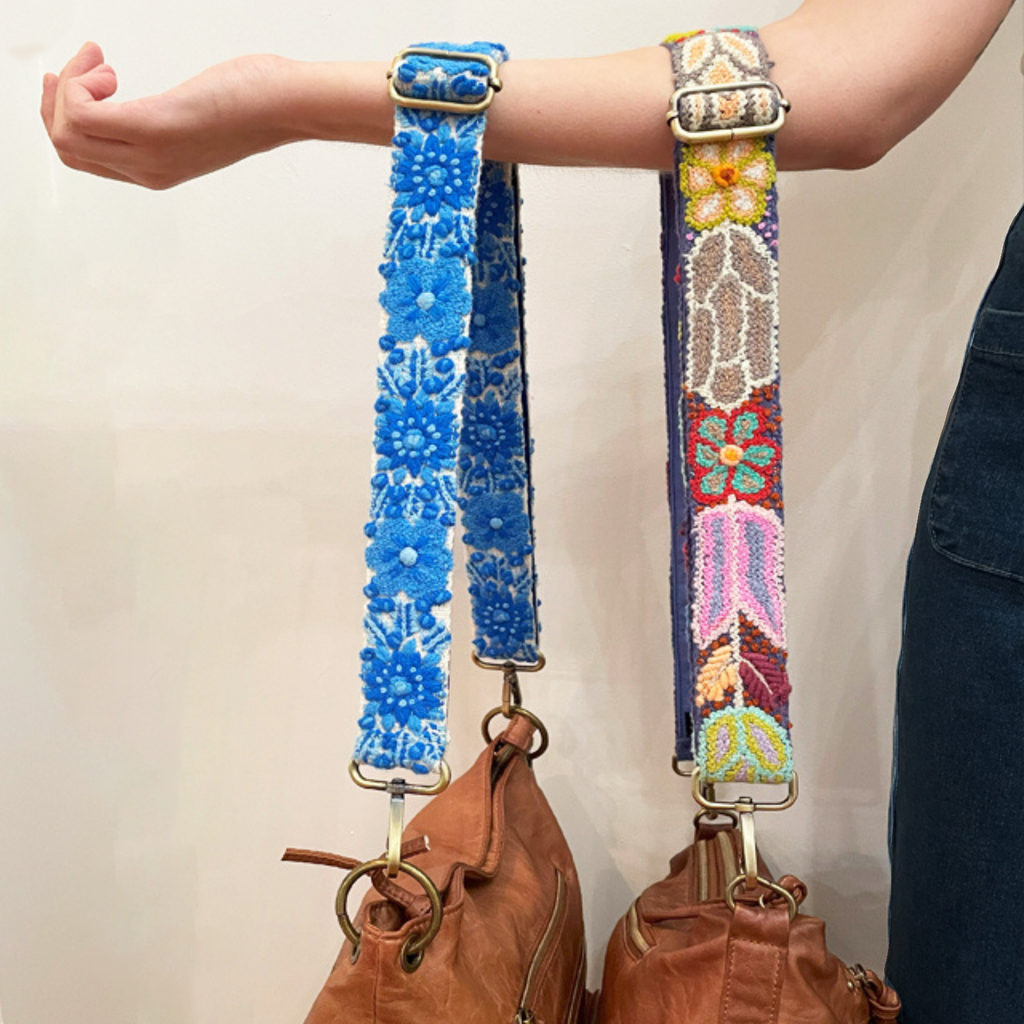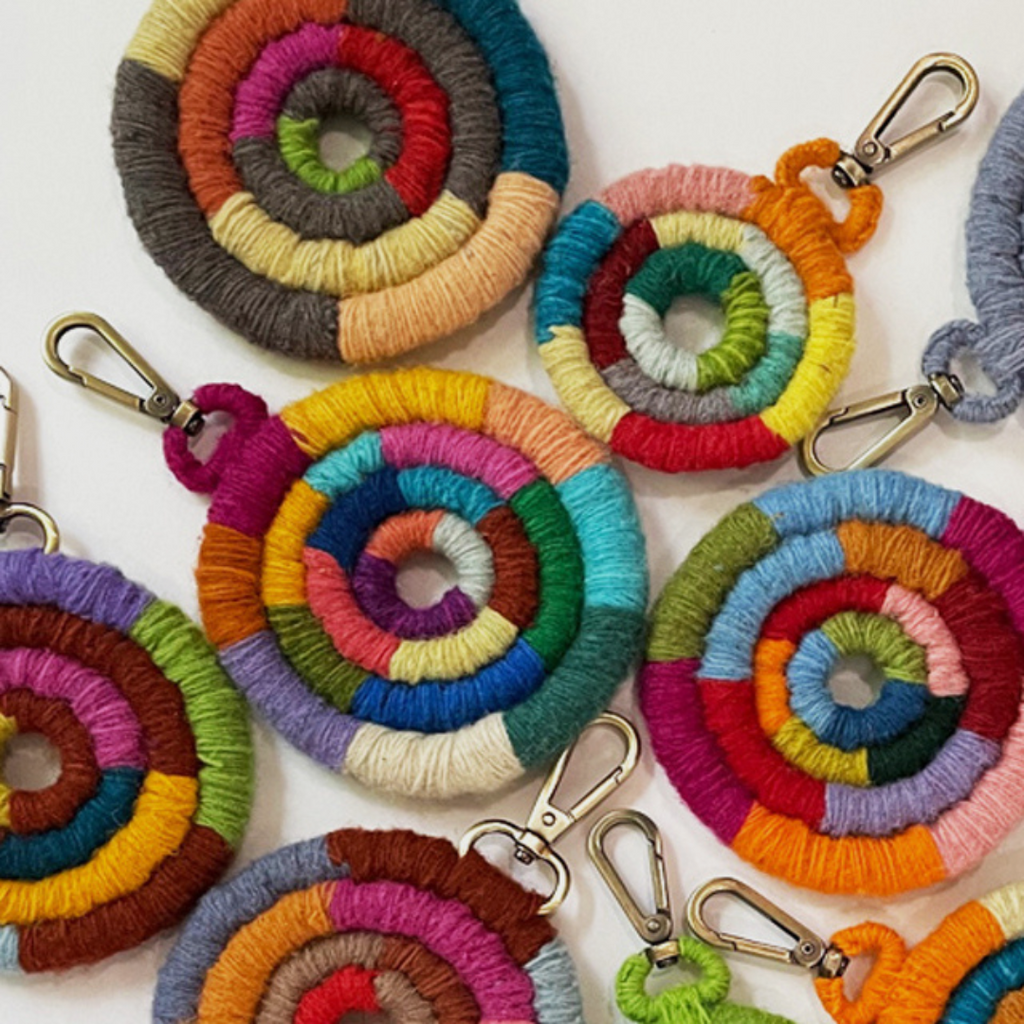Create opportunities for economically and socially marginalized producers
Your purchase creates pathways for economically and socially marginalized Peruvian embroidery artisans, offering fair trade partnerships that uplift and empower.
Develop transparent and accountable relationships
We prioritize fostering transparent and accountable relationships with our artisan partners, ensuring open communication and mutual understanding.
Build capacity
Through our collaborations, we support Peruvian embroidery artisans in further developing their skills and resources, empowering them to thrive sustainably in their craft.
Promote fair trade
Our commitment to equitable practices within the Peruvian embroidery industry promotes fairness and ethical treatment for all.
Pay promptly and fairly
We honor the craftsmanship of our artisan partners by ensuring prompt and equitable compensation for their exquisite work.
Support safe and empowering working conditions
We ensure the safe working conditions for Peruvian embroidery artisans, ensuring their well-being and rights are prioritized, with a firm commitment against sweatshop practices.
Ensure the rights of children
We are dedicated to upholding the rights of children within our supply chain, supporting the UN Convention on the Rights of the Child as well as local laws and social norms to ensure ethical standards and responsibilities are met.
Cultivate environmental stewardship
Handmade production is the most sustainable and carbon-neutral way to create fashion accessories. We take care to ensure that nothing goes to landfills, and use the leftover threads to create keychains/bag charms.
Respect cultural identity
There is no better way to do this than to engage in ethical trade. Following the principles of fair trade ensures that this value is inherent in all of our operations.




